Venting a Hot Water Heater: What You Should Know
All water heaters that burn natural gas or liquid propane (LP) gas require a venting system. The process of burning of the gas is called combustion and it creates heat, exhaust gases (including highly poisonous carbon monoxide), and moisture. The water heater's ventilation system removes these byproducts from the home, making it a critical safety feature. In most cases, the type of ventilation system depends on the type of water heater.
WARNING
This article is intended to be a general guide to how hot water heater venting works, not a set of instructions. Do not attempt to troubleshoot or fix problems with your hot water heater venting yourself, as improper venting could lead to severe health issues. If you believe your hot water heater has ventilation issues, contact a professional immediately.
Water Heater Venting Basics
All water heater venting systems use a vent duct or pipe—also called a chimney or flue—to bring exhaust gases from the water heater to the outdoors. The duct may be metal or plastic, depending on the type of vent system. Water heater ducts may lead directly outdoors, or they may tie into a larger vent duct that also serves a gas or propane furnace or boiler in the home. This is called a common vent configuration. In many cases, the exhaust from the larger appliance heats up the common vent, improving the flow of the water heater vent.
While properly installed common venting systems are completely effective, there is the potential for backdrafting problems if they are not installed correctly. For this reason, common venting configurations are no longer allowed in some code jurisdictions, where direct venting or power venting of water heaters is now mandatory.
In addition to venting, gas and propane water heaters need an air supply for combustion. This may come from the atmospheric air in the house, or it can come through a vent pipe that pulls air from the outdoors.
Proper Venting Prevents Backdrafting
The most common problem associated with water heater venting is a condition called backdrafting, in which exhaust gases from the water heater fail to exit the home via the vent and instead end up in the house. Backdrafting can have many causes, but it is most commonly due to poor vent design or installation and/or an imbalance of air volume in the home. The latter is often a result of ventilation fans, such as bathroom or kitchen vent fans, that pull air out of the house and create a vacuum effect that draws exhaust gas downward and into the home from the water heater vent.
Some water heater venting systems remove the possibility of backdrafting with fan-assisted ventilation or direct venting technology.
Atmospheric Venting
Standard water heaters—the most common type—often use a method known as atmospheric venting. The vent consists of a vertical or upward-sloping vent duct that typically ties into a common vent. The system works solely through natural convection—based on the principle that hot air rises. Hot exhaust from the water heater naturally rises up through the vent and into the air outdoors, creating a draw that promotes this upward airflow. The power of the draw increases as the vent duct heats up.
Atmospheric vent systems work well (and without electricity) if they are properly designed and the home does not have backdraft issues. Poorly designed vents commonly have insufficient draw and/or are highly susceptible to backdrafting.
Power Venting
Water heaters with power venting come with an electric blower fan (often very quiet) installed on top of the water heater and can have either vertical or horizontal vent ducts. Since the vent does not rely on the buoyancy of hot air, it can be run horizontally to the outside of the house. The blower cools the air so the vent can be run in PVC pipe (rather than metal, as is required with atmospheric venting) and is easy to assemble. The water heater must have a nearby electrical outlet for powering the fan.
Direct-Vent Water Heaters
With a direct-vent system, air for combustion is drawn from a vent pipe that runs through an exterior wall or the roof. Exhaust gases are vented outdoors through a separate vent duct or through a separate chamber of the same pipe (this requires a double-wall vent duct). Direct-vent systems essentially "breathe" outdoor air, so they are not subject to the effects of backdrafting in the home. They also reduce the risk of accidental fires caused by flammable vapors around the water heater.
Water Heaters for Mobile Homes
Water heaters in mobile homes are similar to those used in standard homes, but they must be designed for this application. Manufacturers often will not warrant a water heater is installed in a mobile home unless it is specifically approved for that use. Standard atmospheric water heaters in mobile homes often require an outside access panel. If a water heater is located inside of a mobile home without outside access, it is most likely a sealed-combustion unit with direct venting.
Source: https://www.thespruce.com/venting-a-water-heater-2719061
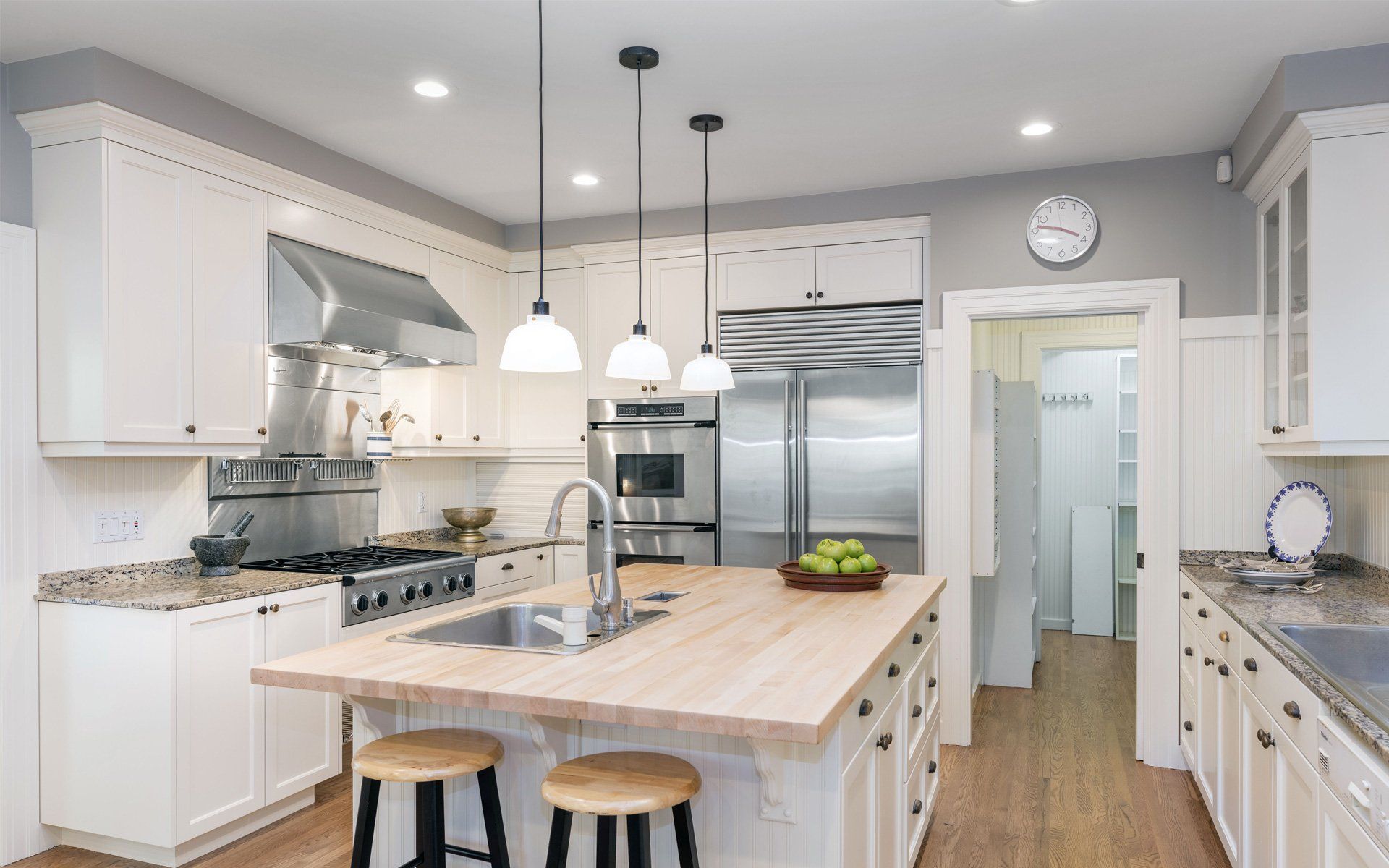

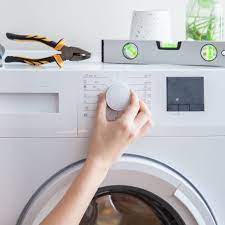
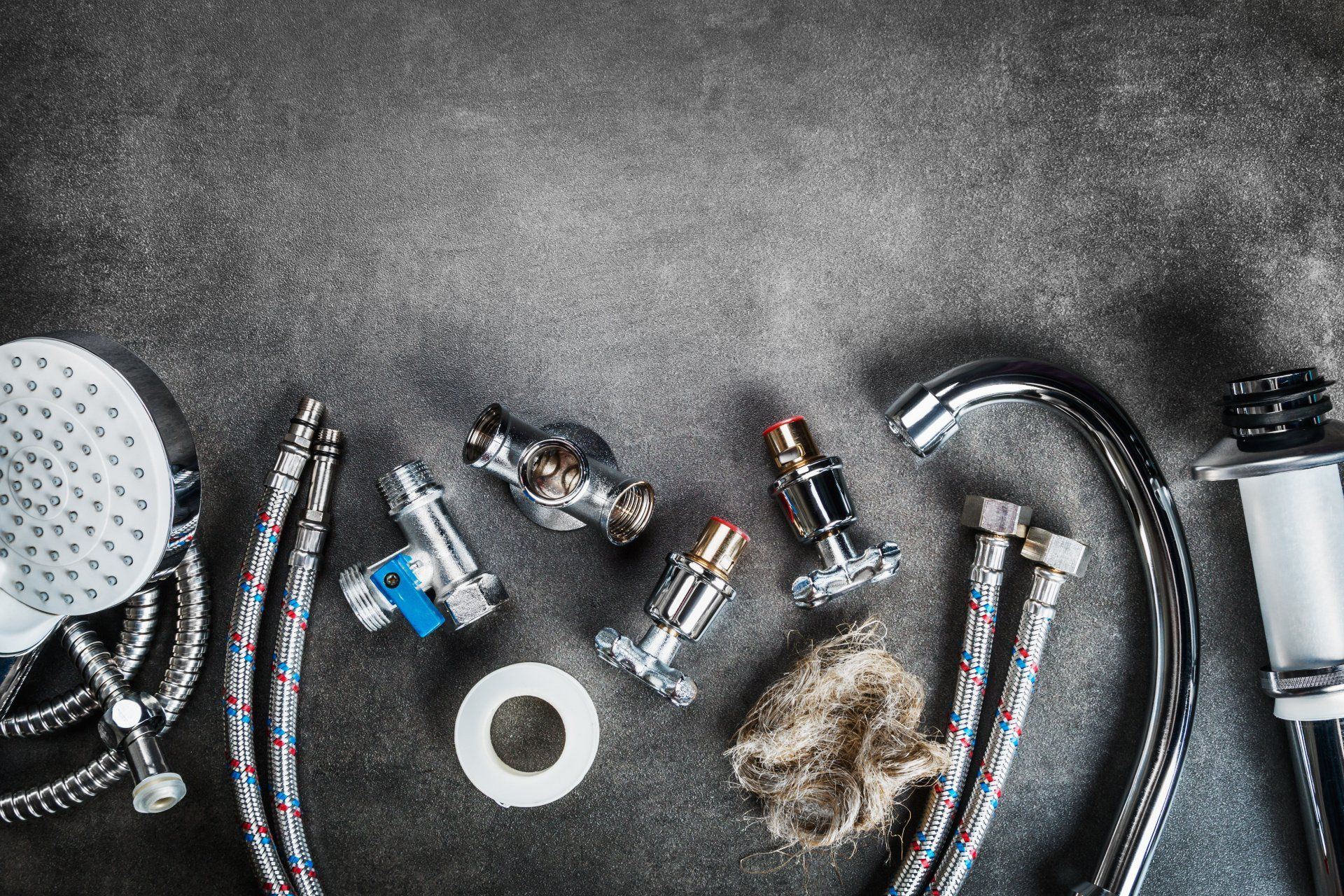

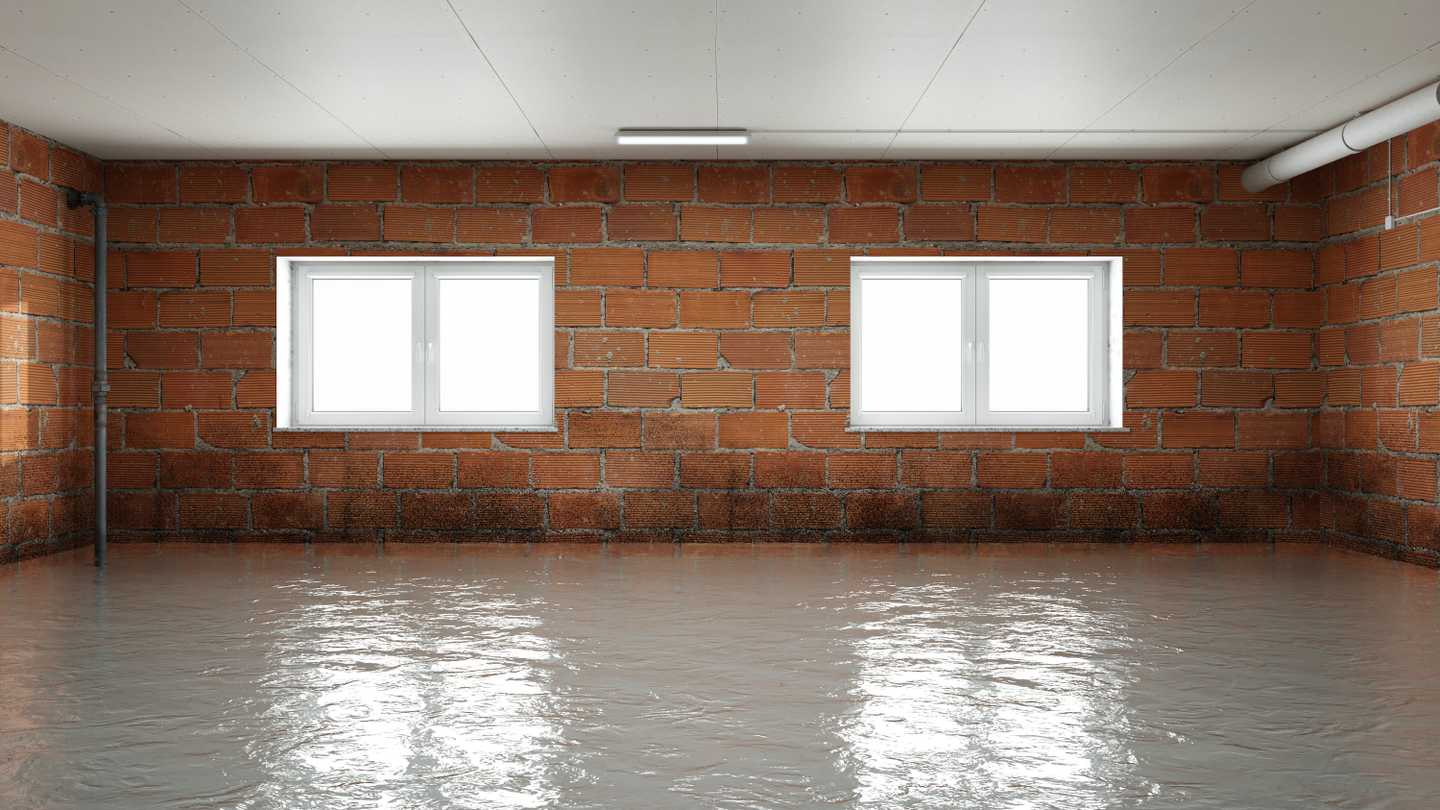
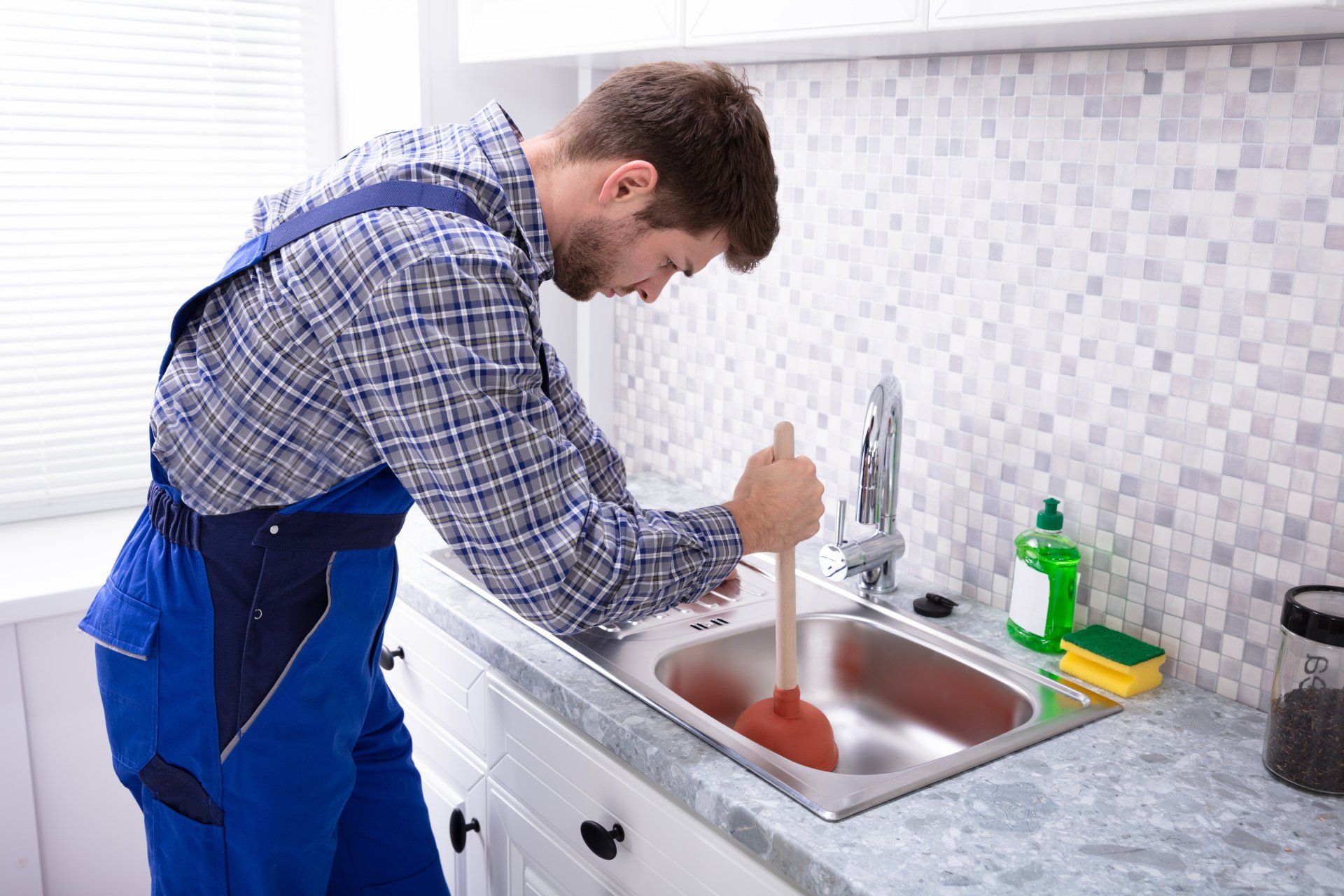
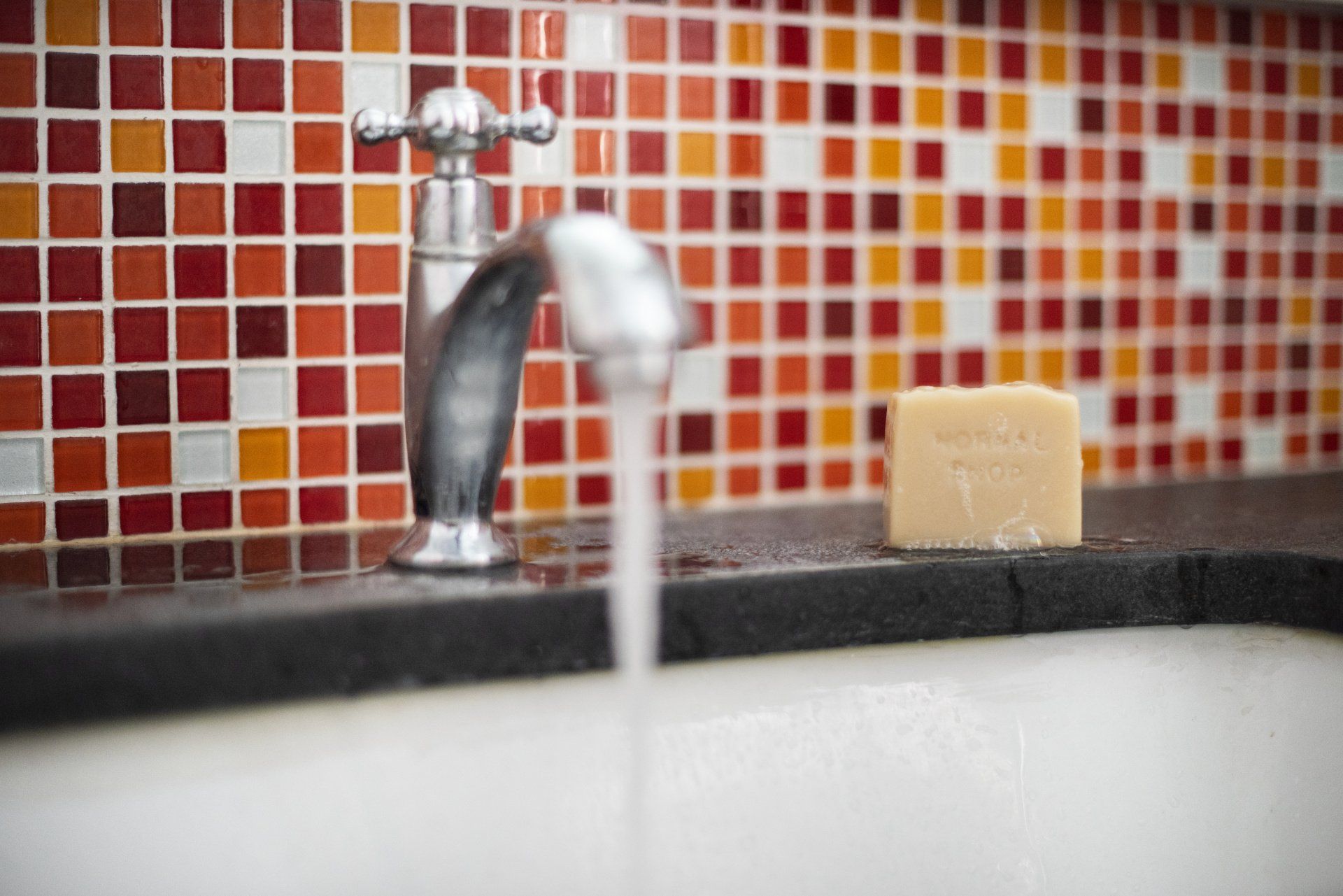




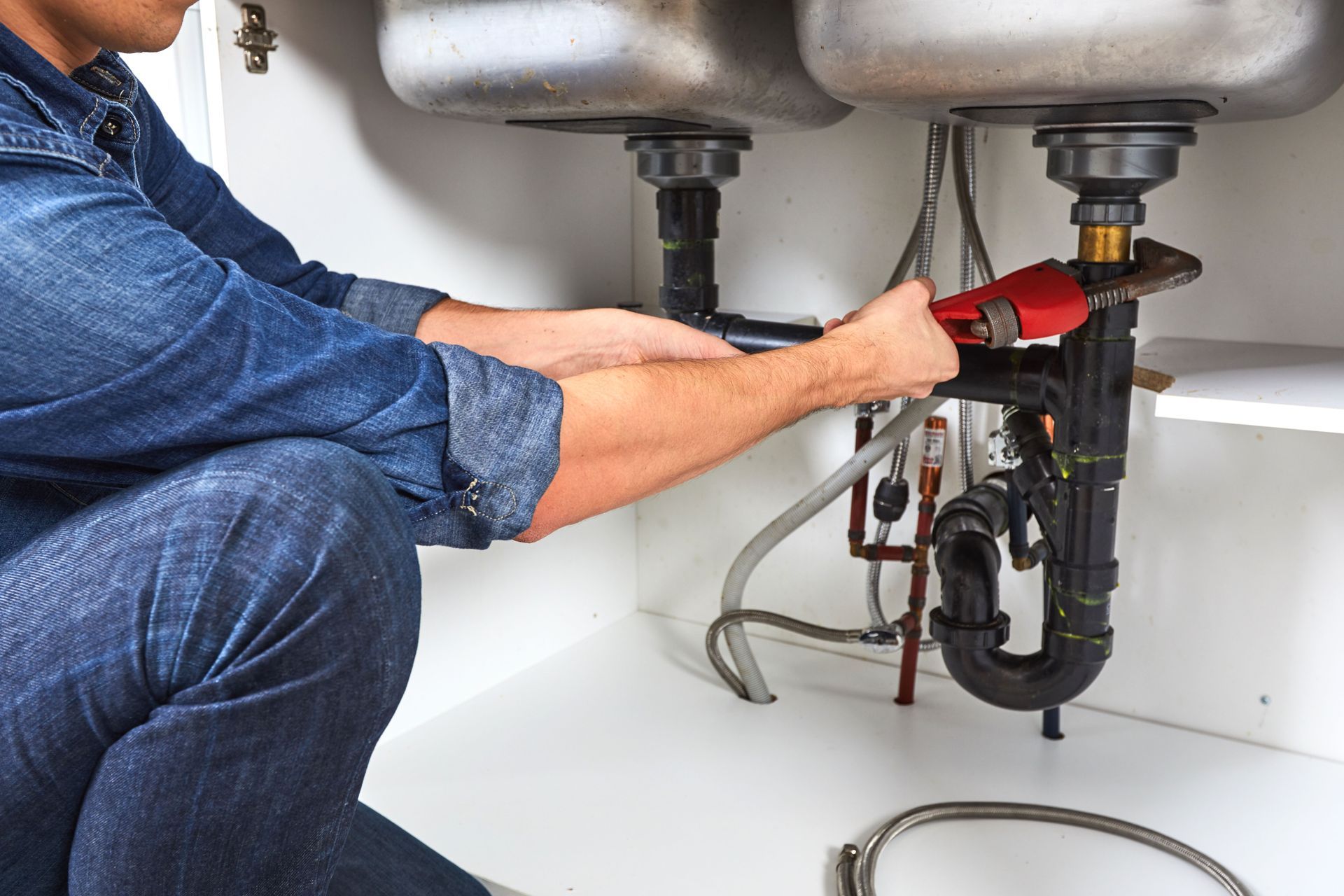
Share On: